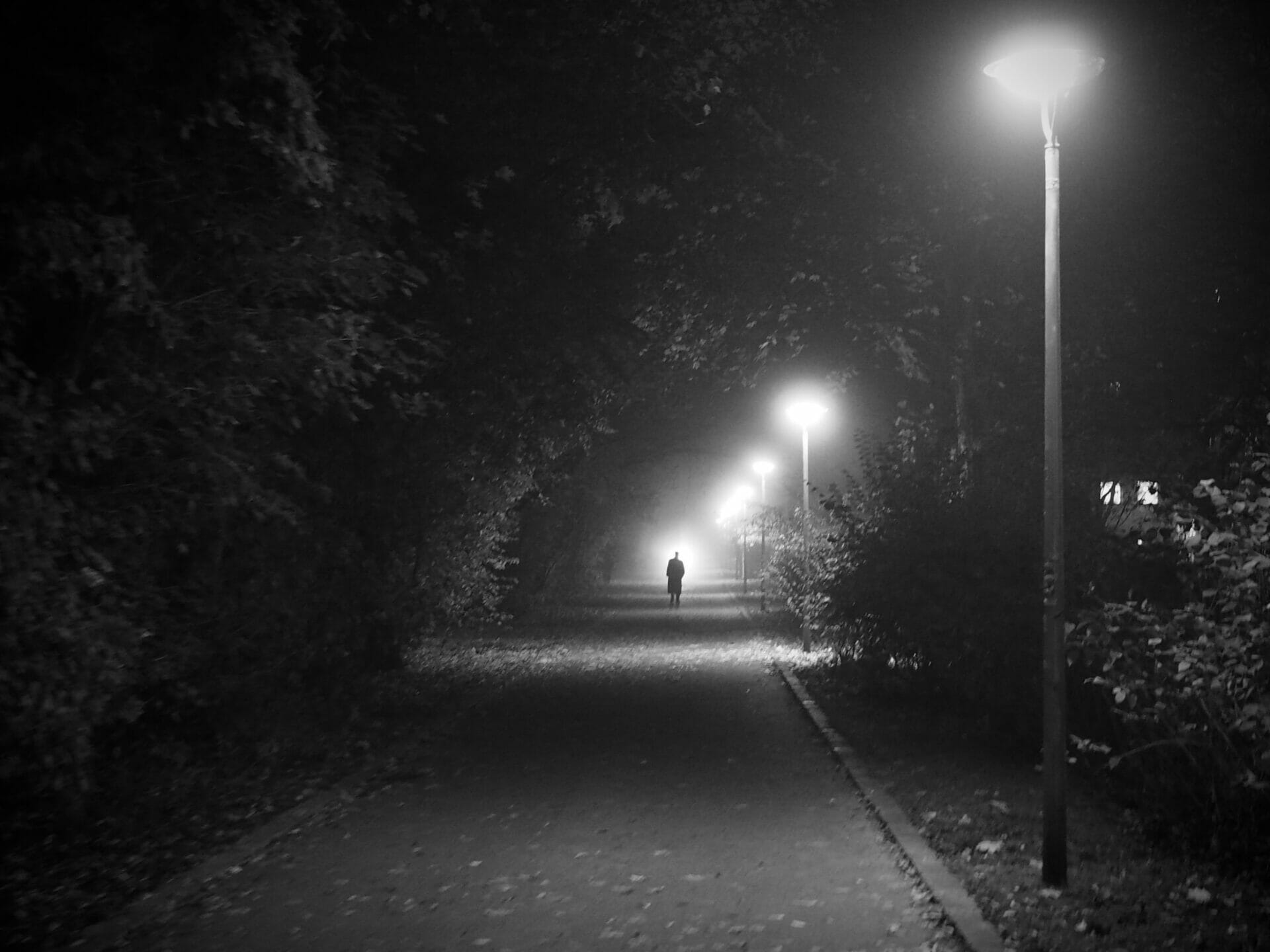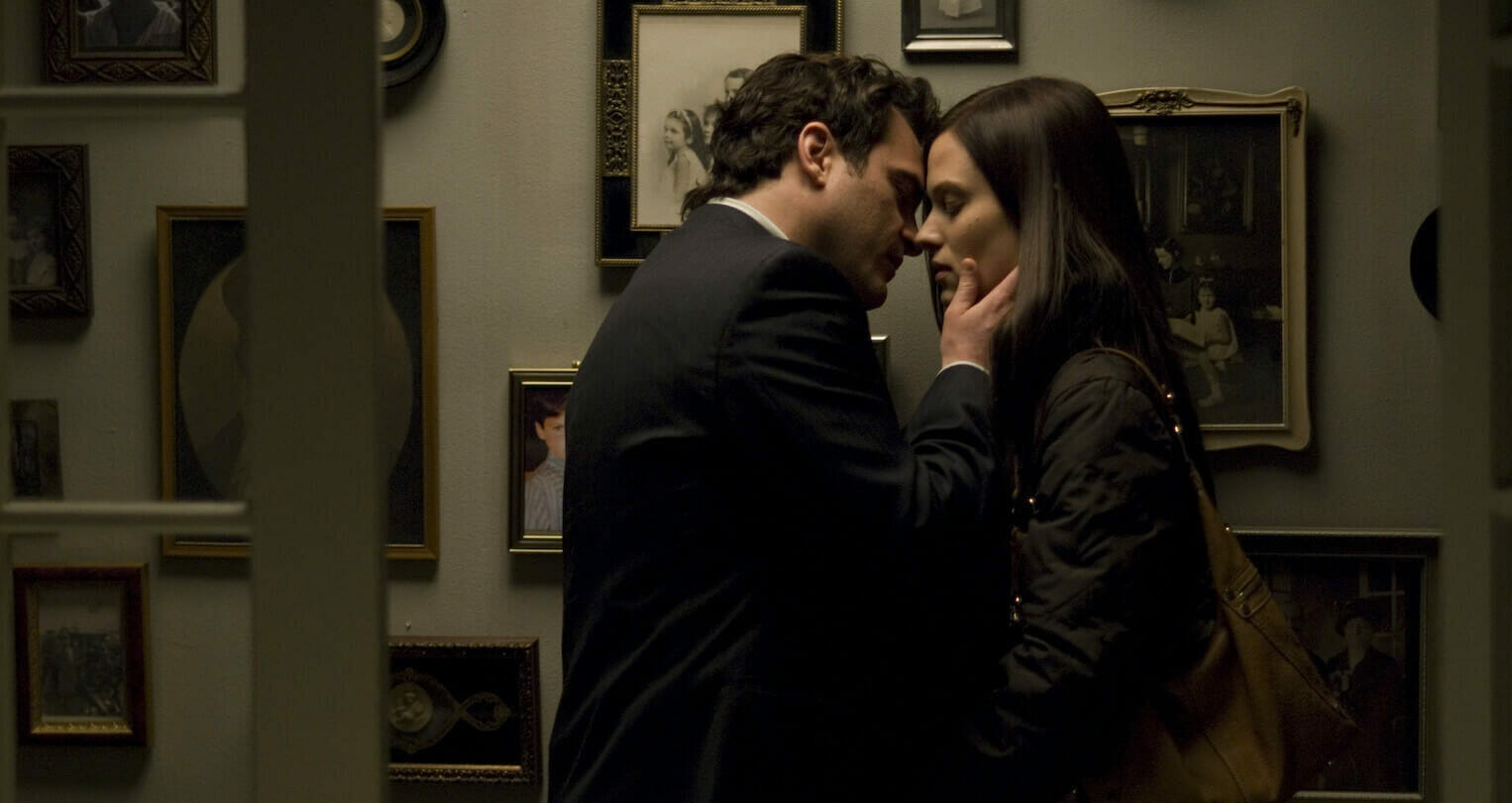
Two Lovers | The Killing of the Dreamer
Year
Runtime
Director
Cinematographer
Production Designer
Country
Format
Genre
My God, a moment of bliss. Why, isn’t that enough for a whole lifetime?
Fyodor Dostoevsky, White Nights
A single moment of bliss, however brief, is what keeps Leonard (Joaquin Phoenix), the main character in American director James Gray‘s fourth movie, Two Lovers, alive. A very small moment of fulfillment of a dream that would later be light years away.
In Two Lovers, which premiered in competition at the 61st Cannes Film Festival, Gray, as in his previous works The Yards (2000) and We Own the Night (2007), depicts his Dostoevskian echo “men from the underground” alone at the height of the crisis they go through to find their happiness in the world. And indeed, Leonard struggles and bleeds to find a means of escape that ultimately proves impossible.
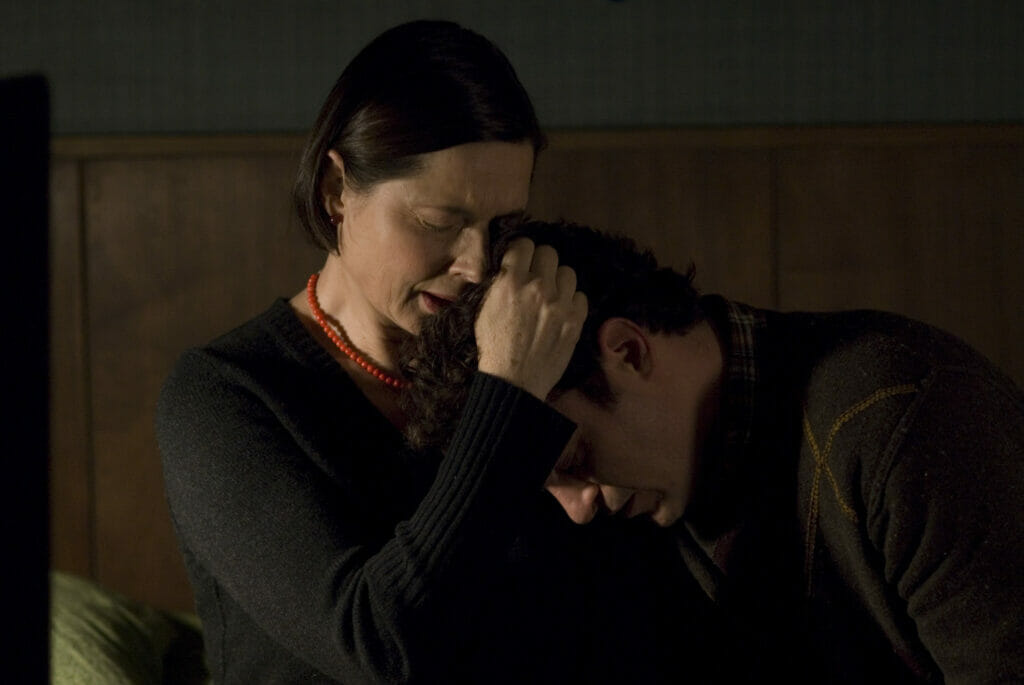
A tormented man
Leonard (Phoenix) is an introverted man haunted by the ghosts of his past. After a severe period of depression and heartbreak, he moves back in with his parents Ruth (Isabella Rossellini) and Reuben (Moni Moshonov) in the predominantly Russian neighborhood of Brighton Beach in Brooklyn, New York City. Leonard has attempted suicide on two occasions. As a result, his family becomes very oppressive and often invades his inner and outer spaces. Along the way, he meets two women, each the opposite of the other: Michelle (Gwyneth Paltrow), with whom he is in love, and Sandra (Vinessa Shaw), with whom his family has arranged an engagement, but whom he does not love. Leonard will have to make a choice about who he should be with and whether he wants to continue to survive or take his fate into his own hands.
The death of the dream
Gray succeeds in capturing the inner selves of his characters, as he does with Leonard, but also with Bobby in We Own the Night and Leo in The Yards (both with Phoenix). Leonard, like his “brothers,” is searching for happiness that is beyond his reach because his destiny has already been written, and as he struggles to find it, he comes to terms with himself and the impossibility of redemption or salvation. Gray’s characters are all men from Dostoyevsky’s underground, ridiculous people who nevertheless retain a primitive innocence.
In Two Lovers, Gray stages the death of a dreamer who, seeing his dream vanish, also vanishes with it, surrendering to survive (rather than live) a life chosen for him by his parents. The director drew inspiration for the movie from Russian author Fyodor Dostoevsky‘s 1848 short story White Nights. With this story, he shares the character of the wounded and abandoned dreamer and the setting of love encounters in an almost unreal nocturnal time on the border between dream and reality. The character of Nastenka from White Nights is Leonard’s unattainable Michelle. Both break the hearts of the protagonists and both represent a sort of dream.
Phoenix: an ideal choice
Gray created the character of Leonard specifically for Joaquin Phoenix, marking his third creative collaboration with the actor. During an interview for MovieMaker Magazine, Gray revealed:
I wrote Two Lovers knowing that if Joaquin didn’t want to do it it would never get made. The role was created for him: A tormented soul, struggling, lost, lonely, and, finally, beautiful and heartbreaking. Who else could do it? Who else would?
Director James Gray in an interview with MovieMaker Magazine
Gray then goes on to tell how he was struck by Phoenix’s emotional depth from the first audition, and how the actor mostly broke away from the script by improvising. Phoenix succeeds in bringing to the screen the tragic nature of a man who cannot get out of the Dostoevskian “underground” in which he finds himself except by clinging to someone, in this case, Michelle. Indeed, after his failed attempt to escape, he will remain trapped by surrendering to inactivity and failing to become “neither an insect,” as we read in Dostoevsky’s 1864 novella Notes from Underground.
I could not become malicious. In fact, I could not become anything: neither bad nor good, neither a scoundrel nor an honest man, neither a hero nor an insect. And now I am eking out my days in my corner, taunting myself with the bitter and entirely useless consolation that an intelligent man cannot seriously become anything; that only a fool can become something.
Excerpt from Fyodor Dostoevsky’s Notes from Underground, via www.penguinrandomhouse.ca
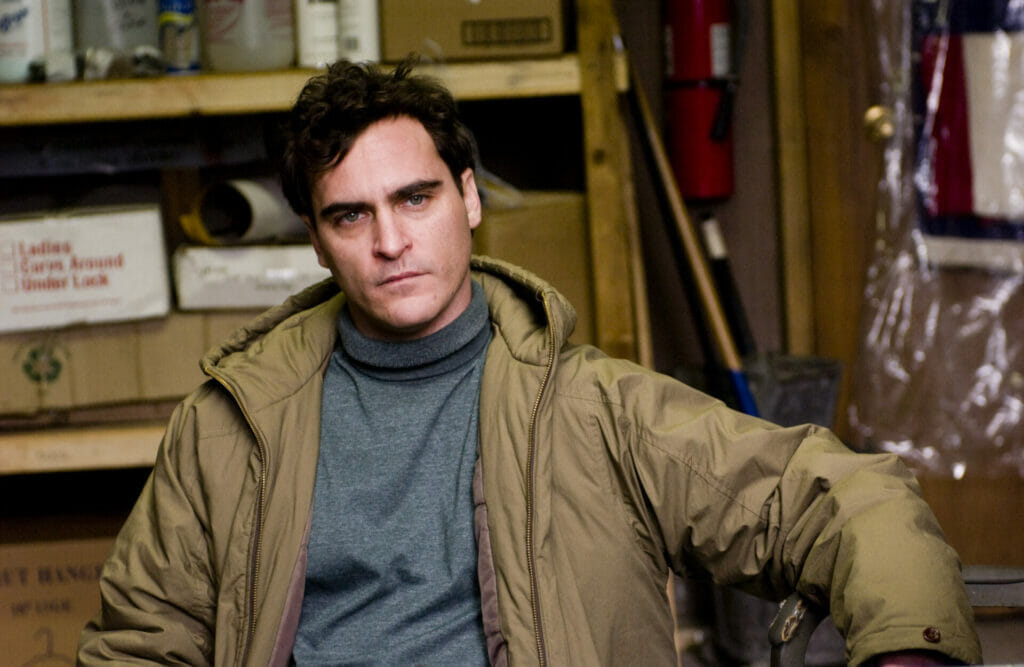
The angel of the house vs. the femme fatale
At the very beginning of the movie, Leonard meets two women. They are physically, stylistically, and visually the opposite of each other. First, he meets Sandra. She is the daughter of some family friends, the woman his parents wish him to marry. Sandra has brown hair and eyes. In the movie, she is portrayed in warm tones and colors such as yellow and brown. This indicates reassurance and warmth, as she is the woman of the hearth. Sandra is a source of safety and security for Leonard, even though he does not treat her well. After a few scenes, Leonard meets his neighbor, Michelle, an attractive, blonde-haired, light-eyed girl with many personal difficulties, including an abusive father and an extramarital affair. Leonard falls madly in love with Michelle.
Sandra, like Leonard’s parents, wants to take care of him and promises him a peaceful and secure life. Michelle, on the other hand, needs to be saved, and Leonard takes responsibility for her, making him feel alive by representing the escape from the dullness of life. She is outgoing, defiant, and strong-willed, embodying the stereotype of the femme fatale who threatens the life of the man who loves her by bewitching him.
Caging and claustrophobia
Two Lovers communicates through its direction, which serves as a key to the interpretation of the movie. The atmospheres are mostly dramatic and dark. The characters move through midwinter in an icy and unwelcoming New York City, a constant in Gray’s cinema. The camera’s framing cages the characters by enclosing them between door or window frames, suggesting that they are trapped in lives that do not belong to them.
Instead, the use of light colors alternating with dark colors serves to emphasize the relationship between the protagonist and the two women. Cold colors and blurred, undefined, and sometimes sparsely populated environments characterize Michelle. Conversely, warm colors and familiar, cozy, or crowded environments are used to portray Sandra.
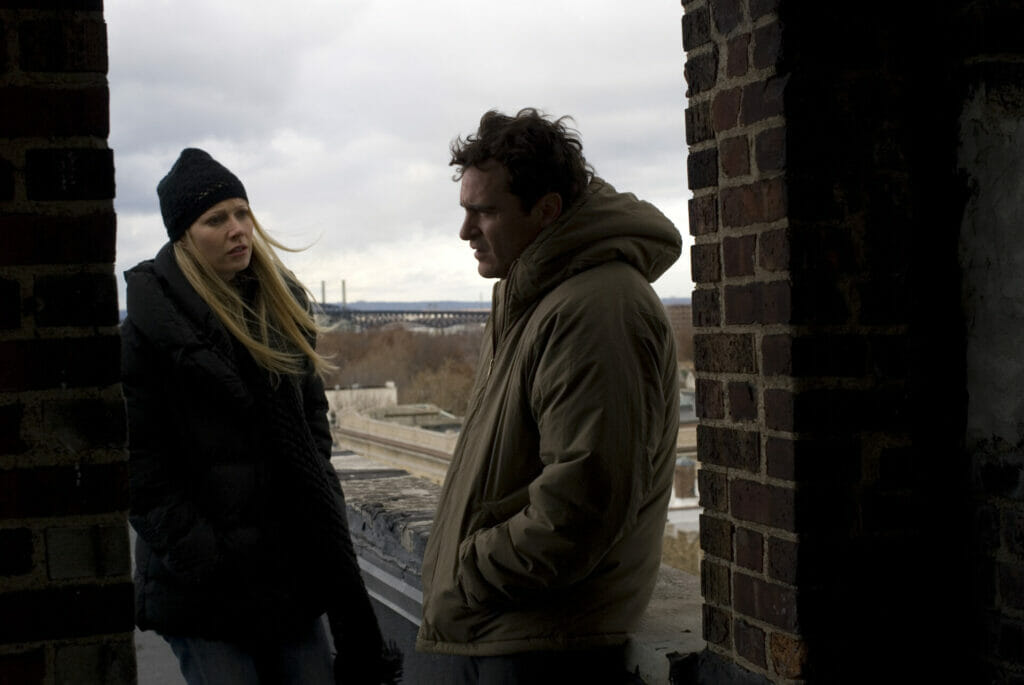
Significant in this regard is Leonard’s first time with one and then the other. The sex scene with Michelle takes place on the terrace, in a sterile environment, on a cold early morning, secretly, while the city sleeps, and without even undressing. A short-lived sex encounter that all the space-time coordinates seem to suggest is almost a dream. On the other hand, Leonard’s first time with Sandra takes place in his heated room and among his belongings. The lights are yellow and warm, the room is cozy and the atmosphere is romantic. The two undress and their skins come into contact, suggesting a deeper bond and the sincerity that Sandra offers Leonard.
Art and Two Lovers
Gray’s cinema, mostly set in a gritty, industrial New York, characterized by nocturnal cities and contrasts of great light and great shadow, is very reminiscent of the art of American realist painter Edward Hopper. In particular, the scene in which Leonard spies on Michelle from the window of his house echoes the voyeurism of Night Windows (1928). The anonymous woman in the painting is unaware that she has a beholder, while her intimate life is visible to the city, as the lighted interiors stand out in the darkness of the night. Hopper stages urban isolation in large cities like New York, and Gray’s characters lend themselves well to that kind of loneliness and isolation.
The window that Eveline overlooks in Irish author James Joyce‘s Dubliners (1914) is another similarity and symbolic reference in Two Lovers. In Joyce’s short story, the protagonist, Eveline Hill, looks out of her window at what is happening outside. The window represents the girl’s dream of escaping the grayness of her sad life. Similarly, Leonard watches Michelle’s windows from his, as they represent his escape from his world.
“I did not want to be a man of the abyss”
“I did not want to be a man of the abyss,” wrote French author Albert Camus in his notebooks. It is precisely this man of the abyss that James Gray, who comes from a Ukrainian-Jewish family, brings to the screen. Gray dissects Leonard’s soul with the accuracy of a surgeon and shows the viewer how Leonard, the man of the underworld, finds his way out of the hole and out of his state of inadequacy in life. And he does it in such an intimate way that the viewer cannot help but empathize with Leonard’s sweet awkwardness. It happens, for example, when he goes to the disco to follow Michelle, making awkward dance moves but with a discomfort in his eyes that can be read and felt. The discomfort becomes especially palpable in the opening scene in medias res when the protagonist attempts suicide.
In conclusion, Two Lovers is a touching story of a near ascent and then a ruinous fall told with a technical, stylistic, and narrative virtuosity that makes the movie one of James Gray’s finest.

Tag
Buy a ☕ for Hypercritic








